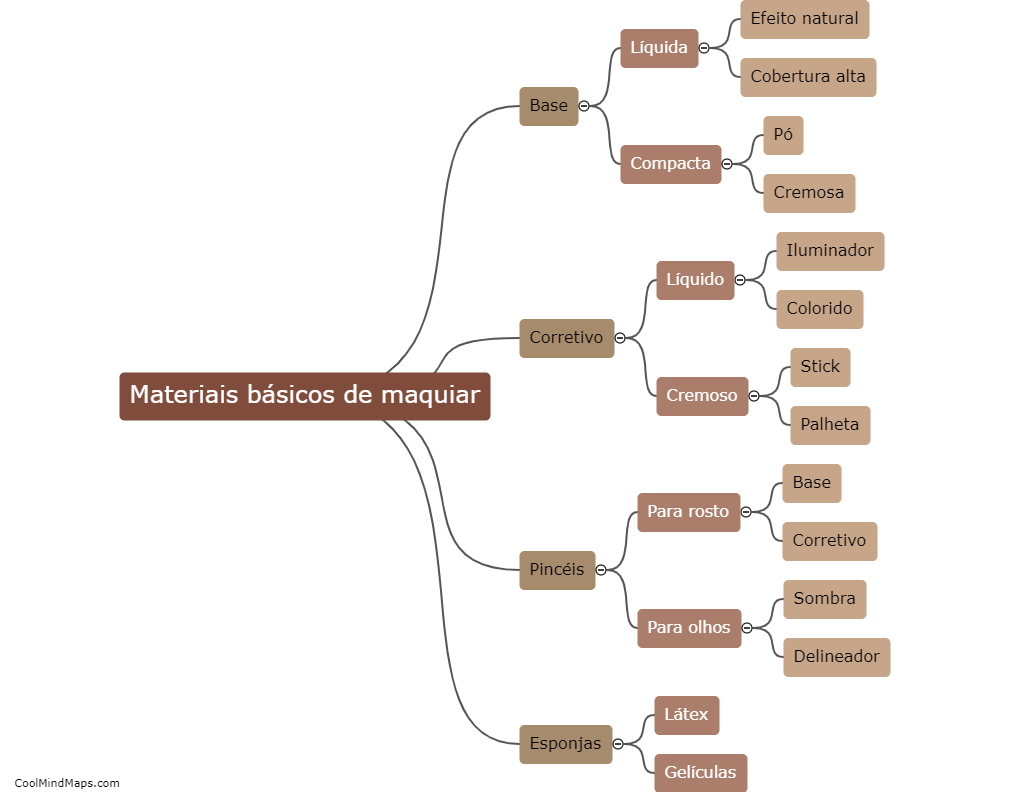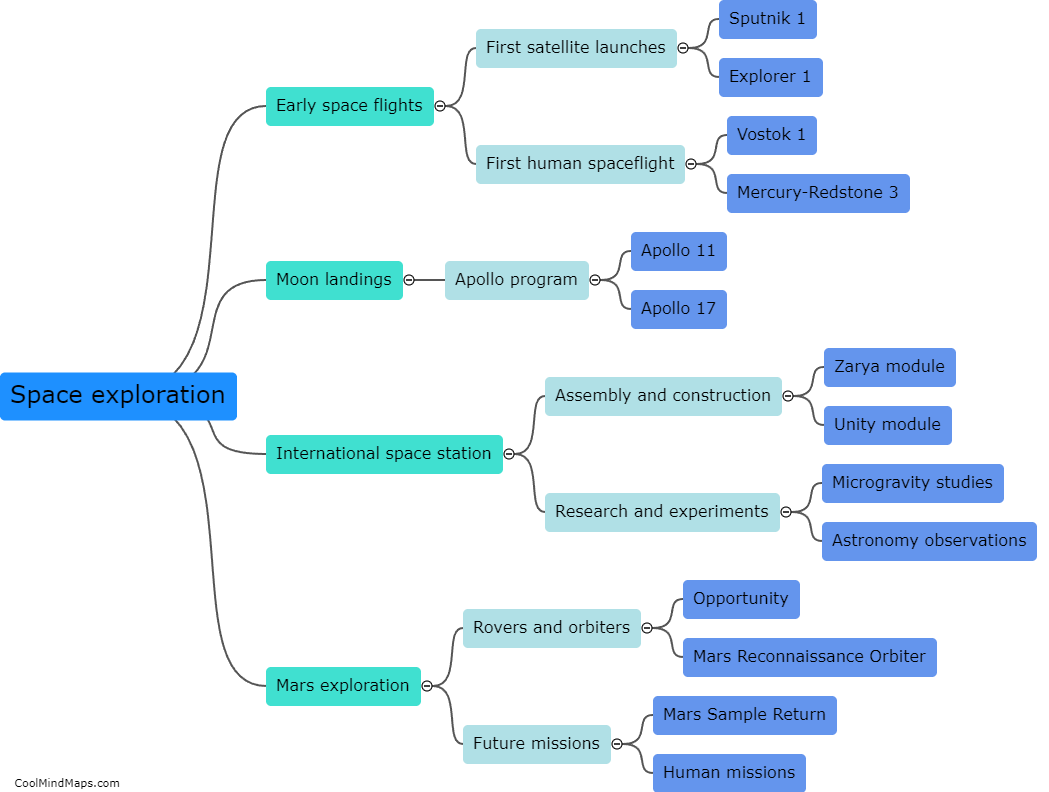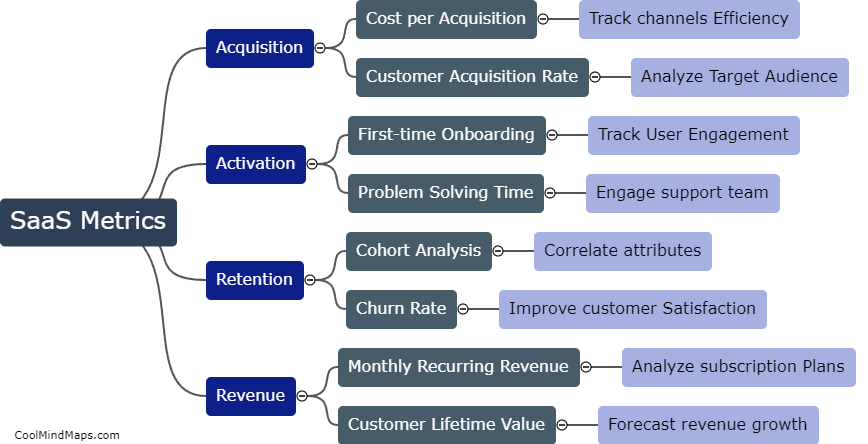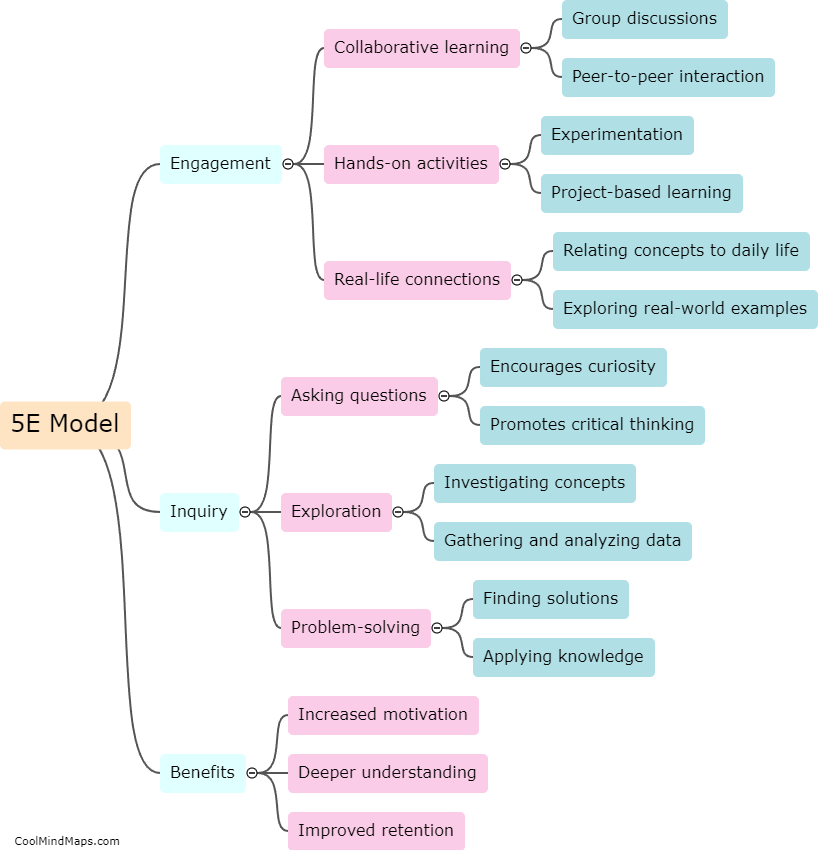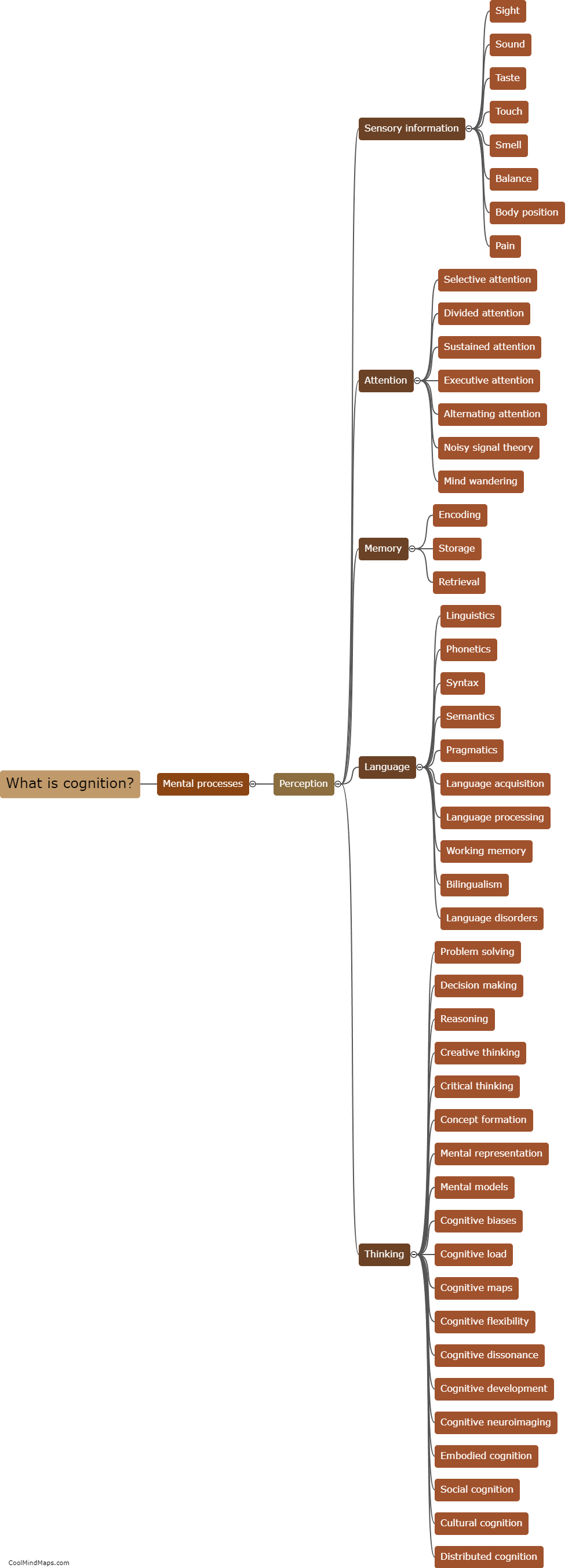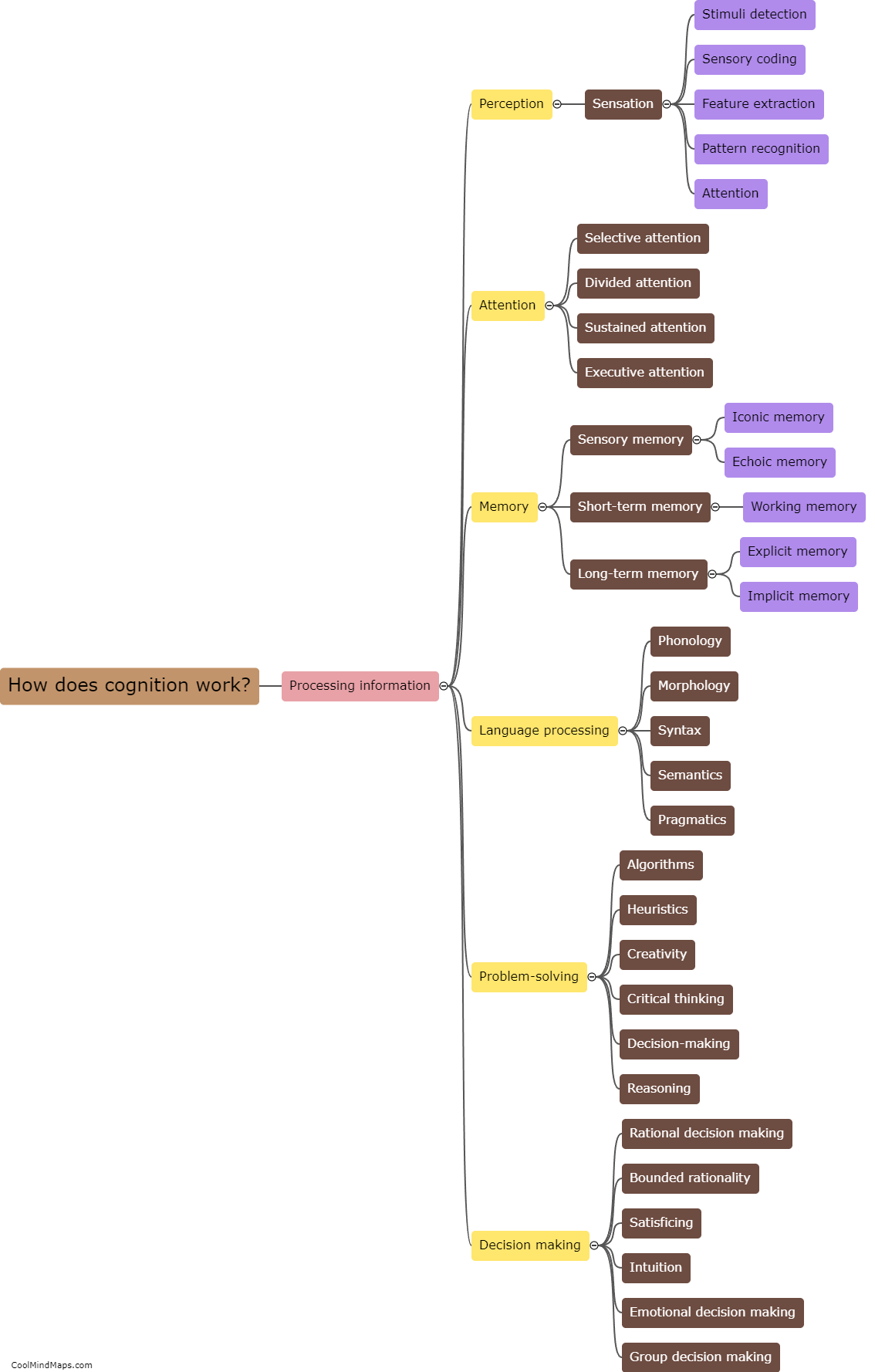What are some examples of activities or strategies for each stage?
When it comes to planning and executing successful projects, understanding the different stages and employing appropriate activities or strategies is crucial. In the initiation stage, activities include project scoping, defining objectives, and conducting feasibility studies. Strategies might involve holding brainstorming sessions, performing stakeholder analysis, and creating a project charter. During the planning stage, activities revolve around developing a project plan, assigning tasks, and estimating resources. Strategies may include creating a work breakdown structure, conducting risk assessments, and setting milestones. In the execution stage, activities focus on task execution, coordination, and resource management. Strategies for this phase could involve conducting regular team meetings, tracking progress using project management tools, and managing stakeholder communications. Finally, in the closure stage, activities include carrying out final inspections, conducting project reviews, and documenting lessons learned. Strategies can involve organizing project handovers, celebrating project success, and archiving project documentation. Overall, aligning activities and strategies with each stage ensures a logical and structured approach to project management.

This mind map was published on 19 September 2023 and has been viewed 108 times.

